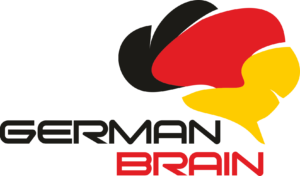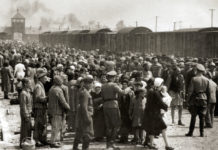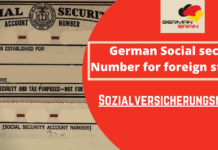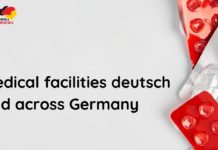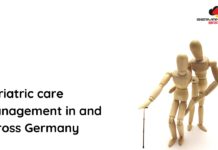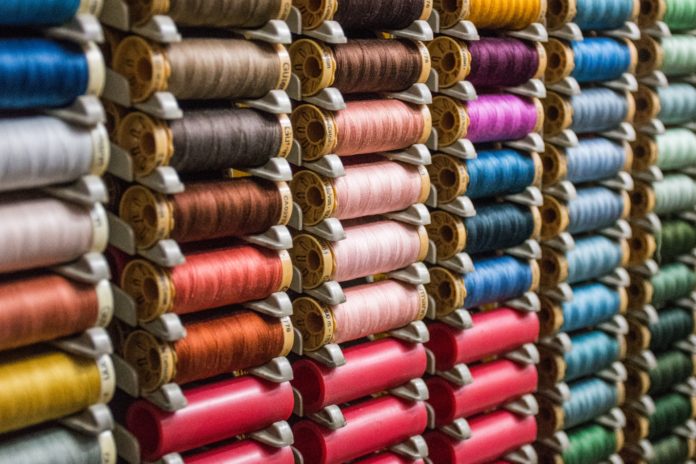
Through the decades, Germany has remained ambidextrous towards Fashion. Globally, Germany stands in 4th place in the global textile industry. The clothing industry in Germany is made up of 1800 small scale industries and medium and large-sized enterprises with 1,24,500 professional workers in the apparel, fabrics, yarn, man-made synthetic fibres, natural fibres., etc. Major exports are knitted apparel clothes, man-made synthetic fibres, yarn and machinery. The net worth of the textile export market in Germany is close to $34 billion. The German textile industry remains as one of the most prominent industries after the food and beverage industries. In recent years, there has been a surge of Domestic Textile Industries, Inc. and Raw Material Trade & Import.
Chief economic markets of trade and commerce for German textiles:
- Russia
- France
- Pakistan
- Bangladesh
- Turkey
- Austria
- United Kingdom &
- Italy
Now let’s look into the Import regulations:
The import of textile products into Germany requires a certificate of origin or the Ursprungzeugenis. All the companies that wish to import must make sure the goods are covered. Those countries that are not included in the bilateral agreements will also need certification and an import license or an Einfuhrgenehmigung.
The keys to the German textile market:
Standards:
Establishing DIN standards for clothing, textiles and textile machinery is the responsibility of the Committee for Textile Machinery Standards or the Textilnorm.
DIN standards establish the criteria for dimensions and technical terminology as well as testing procedures in specialized areas. Foreign companies must guarantee that they ar
Labelling:
It is governed by German Law of Labelling. All textiles whether produced domestically or imported shall be labelled to show material composition. The law also specifies that any and all the textiles in the supply chain shall carry information on the care and washing of the fibres in the composition, as well as the sizes using metric units.
VDMA: Germany’s textile powerhouse
The VDMA textile machinery represents a powerful branch of the German mechanical engineering. About 120 member companies and operations, ranging from spinning to finishing, many of the world market leaders are mostly medium-sized firms and represent around 90%of the total volume of the industry.
How to identify the quality of the cloth?
The most commonly used quality certificate in Germany is Oeko-Tex 100. This is a voluntary certification that provides manufacturers of textiles and apparel assuring high quality and safety through a guarantee to customers that the goods they are purchasing contain no hazardous materials and substances.
German Distribution Channels:
The most cost-efficient way of breaking in go the German market is to contract the services of a sales agent. Another way of getting into the market is through importers and wholesalers. These tend to be knowledgeable and experts in their fields and are aware of all the segments of the textile industry. Catalogue sales or well-established e-commerce websites can also be efficient platforms to cut through the chase.
Every year around 277 billion dollars is generated by the German Textile Machinery Exporters.

